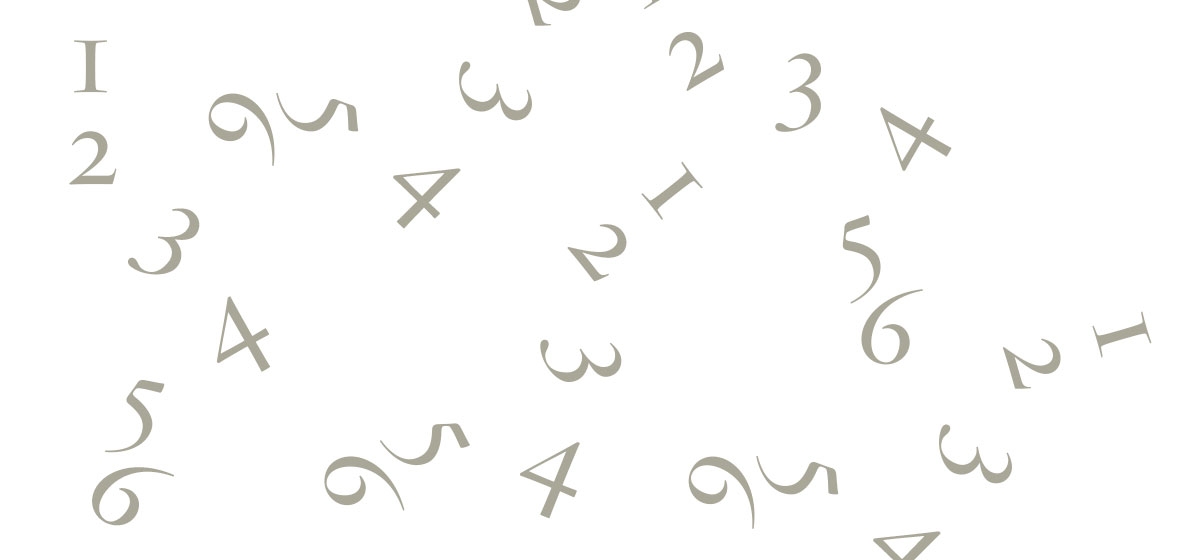
While I was reading an essay written half a century ago by the distinguished historian and long-ago colleague, Peter Gay, I got to thinking about footnotes. His illuminating piece turned out to be somewhat annoying to read because of all those footnotes!
You get to the end of a sentence and that little superscript numeral forces you to stop mid-thought, pushing you to find the same digit at the bottom of the page and get involved there.
All too often, what you then find is a reference to some source—usually a publication or a person—from which the author got the information stated in the text. Can’t I just trust him to be a conscientious writer?
I know well how such defensiveness starts. When my doctoral dissertation was accepted for publication, the editor told me, in a friendly but firm tone, “get rid of about 500 footnotes.” As an aspiring Ph.D., I was covering my rear. I didn’t give a hoot that the reader’s eyes had to perform a perpetual dance of Up/Down/Up.
Consider how different is the world of journalism! Have you ever seen a footnote in a newspaper, whether in a rural weekly or the August New York Times? The readers of neither would put up with them. Instead, reporters and purveyors of opinions must inspire trust by the copy they produce and show how they came to believe what they are claiming. When they don’t succeed, readers become skeptical at best or downright cynical. Journalists are on their own; no safety net.
But there are other uses for footnotes aside from self-defense or showing off how hard the author has labored. When a writer inserts the actual words of another author, readers will want to know just where that citation came from, chapter and verse. This is not to check the quote’s accuracy, but for the opportunity to know who the quoted writer is and to be able to learn what else that author might have to say on the topic.
Finally, a footnote can elaborate on the text or give additional information regarded as not essential for the tale being told. It pulls a passage completely out of the narrative that could alternatively have been kept there, perhaps placed between parentheses. Such a note might be a quick couple of sentences or a much longer disquisition. We have all seen books that contain pages with footnotes that go halfway up and higher.
But wherever footnotes are found, it takes a strong will to resist being drawn into that Up/Down/Up dance. In a sense, the author works against her or his own interest every time an unneeded footnote breaks the reader’s concentration.
Endnotes rather than footnotes have become quite prevalent since Peter Gay wrote the essay that set me off. Instead of having that little superscript refer to the bottom of the page, it refers to the end of the chapter or book. While I suspect that the use of endnotes was fostered by the fact that in precomputer days this mode of typesetting was much cheaper than putting notes at the bottom of the page, the reader also benefits. It’s much easier to resist going to the back of the chapter or book than to ignore those little numbers when they refer to the bottom of the page. Perusing the notes later allows the reader to pick and not pick. Authors also seem less inclined to elaborate on the text in an endnote than in a footnote, probably because they believe that fewer readers will go there. Yes, some readers will survey all the endnotes, but that system is considerably less coercive.
Still, both footnotes and endnotes are distractions —a fact not to be sneezed at in an era where focus and concentration are harder to come by. So I for one vote with Supreme Court Justice Stephen Breyer whose decisions contain neither footnotes nor endnotes, taking on himself the burden of concentration, rather than requiring it of his readers.


